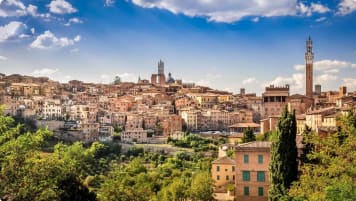Venice and carnival season
Article for senior couple and mature solo travellers joining a small group history tour visiting Venice and beyond to Italy, Greece, Turkey the Islands of the Eastern and Western Mediterranean and the Northern shores of Egypt, Tunisia. Learn about the role of Venice as emerging point of trade and navies for hire in the middle ages through to the renaissance.
30 Nov 21 · 8 mins read
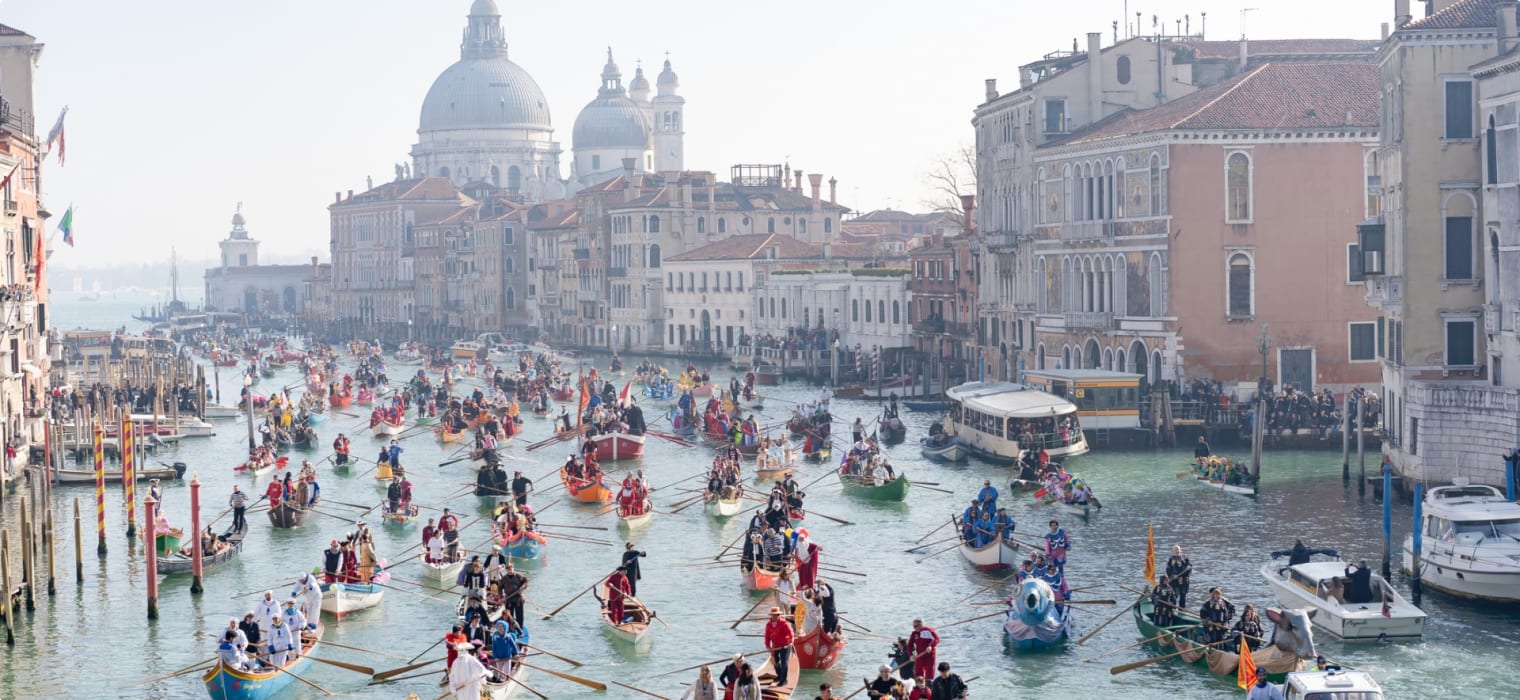
The Doge and the council encouraged Venice to extend itself beyond a trading centre of Europe. The threats from Constantinople, Crete, Genoa, Pisa and Almafi as alternative places to conduct trade to and from where real, potential destroyers of the wealth that the merchant houses of Venice sought to protect. The move to early tourism and then the carnival season with liberties beyond major European cities cemented Venice as the model places like Las Vegas, London, Hong Kong have attempted to followed many centuries later in different guises, though all with an emphasis on entertainment.
Need a Tolomazi?
The guides and agents of the early republic’s tourist groups were known as tolomazi. These guides offered a wide range of services such as interpreting or money exchange. Booths in St. Mark’s Square were set up by the owners of ships or galleys who offered snacks and refreshments to potential customers to lure them into buying a ticket for their ship. Many taverns and hostelries concentrated on pilgrims’ business, and new additions opened every year.
By the 15th century, Venice had more than 20 hostelries (hotel) to house more and more visitors, and those establishments could be found around St Mark’s Square and the famous business district Rialto. Rumour has it that some crusaders never left their favourite accommodation or the city for that matter and never made it to the Holy Land. It is safe to say that even back in the day, Venice might have had more visitors present than inhabitants at any one time, and as we know, that hasn’t changed until today. Since the 1840s, tourists started to outnumber the residents, and the perceived imbalance has grown ever since. Nowadays, Venetians feel a threat that is the result of the ghosts they called upon themselves. Nonetheless, tourism and the carnival drove the economy and supported the city and its residents financially.
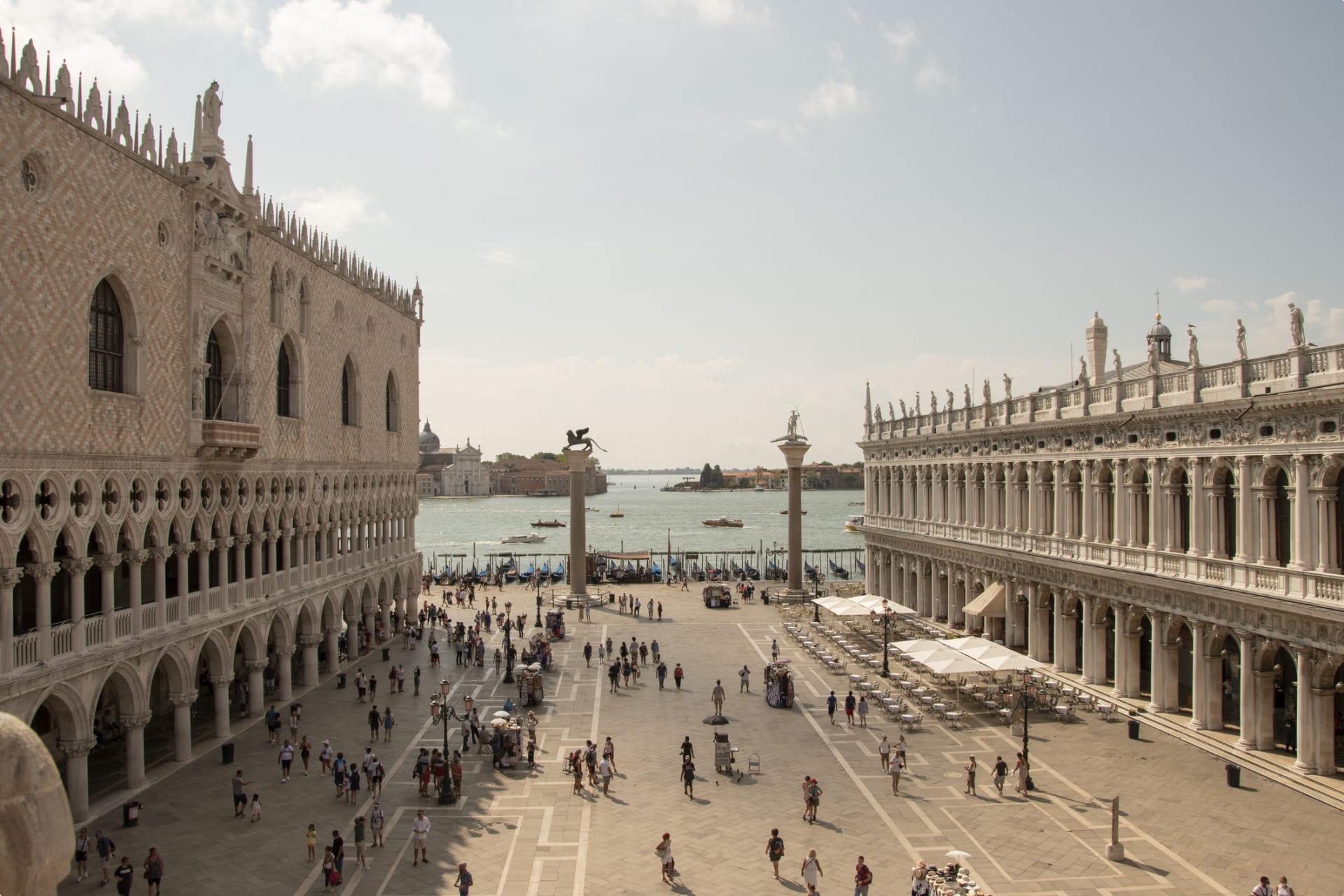
Invitations to the Carnival started early
The city and its residents invited visitors with cleverly invented attractions: a season of festivals and fairs that started each April and lasted until June. Venetian authorities allowed and encouraged any form of entertainment that would draw in visitors. Plays, operas and festivals, to name a few, and at some point, Venice made history being the centre of illicit sex even though this wasn’t actively encouraged by the local government and indeed not often spoken off. This emphasises that anything could be bought in Venice and the Golden City was a place of endless possibilities and curiosities.
The first guidebook, the Venetia, città nobilissima, was published in 1581. In the 17th century, Venice became part of the Grand Tour, a custom of a traditional trip through Europe undertaken by upper-class young European men of significant means and rank when they had come of age. Artists were involved in the marketing of tourism and painted images that appealed to tourists. Romance, theatrical sceneries and idealised topographical views were created and exported to show the rest of Europe what they were missing.
The carnival was one of the things that nobody wanted to miss. At some point in its early days, the visitor numbers reached 30,000 and have grown to 3 million every year. The Venice Carnival is the best known and one of the oldest festivals annually celebrated. In Italian, the word ‘carnival’ or ‘carnivale’ is most likely derived from the Latin words ‘carnem levare’ or ‘carnelevarium’, which means to omit or remove meat. Another interpretation that might be suitable for the word carnival could be the Latin words ‘carne vale’, roughly translated to ‘farewell to meat’. This phrase relates to the period before Lent, the Christian tradition connected to the forty days before Easter. During that time, meat is not to be consumed.
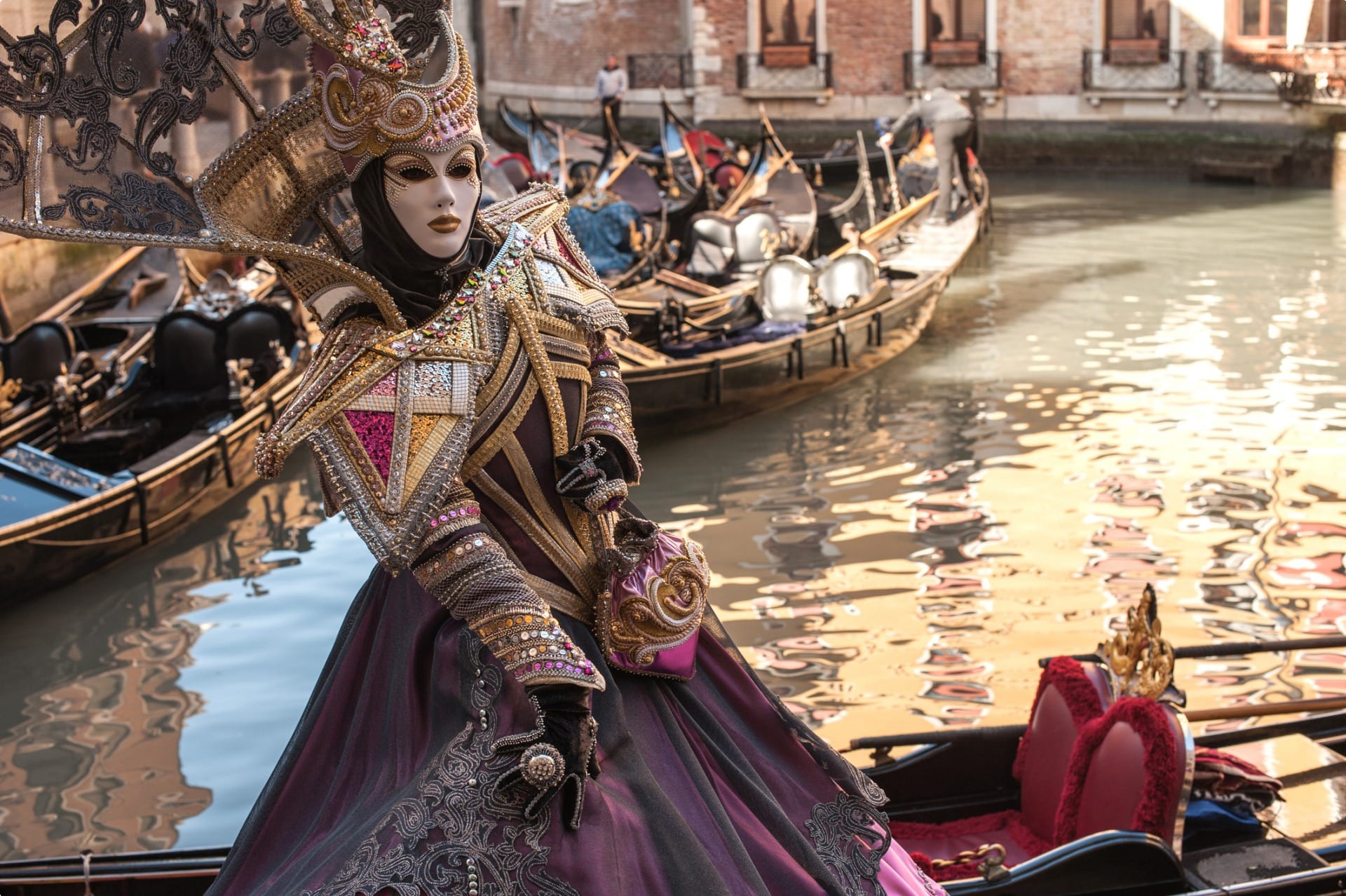
The carnival season begins every year in February. It starts around two weeks before Ash Wednesday, known as the Day of Ashes – a day of repentance for Christians to confess their sins and profess their devotion to God. It ends on Shrove Tuesday (derived from the word shrive, which means to give absolution after hearing confession). The day is also called Fat Tuesday (Mardi Gras in French or Martedi Grasso in Italian). The main characteristic of the Venice Carnival has always been, since its debut, the stunning and unique masquerade carnival costumes and masks. A Venetian mask was a symbol but also had a functional component. Social differences and division by discrimination were eliminated by the masks that protected attendees’ identities and allowed a free society. Masked balls become primarily associated with Venice’s party obsessed community.
According to history the Carnival of Venice emerged following the defence victory of the Venetian Republic over the Patriarch of Aquileia (an ancient Roman city in Italy), Ulrico di Treven in the year 1162. In honour of this triumph, the residents of Venice danced and gathered in San Marco Square. Urich II was imprisoned with his 12 vassals but eventually released on the grounds of one set condition. Every year on Holy Thursday (also known as Maundy Thursday, relating to the commemoration of the Last Supper of Jesus Christ), the Patriarch was obliged to pay tribute to the city of Venice. This tribute included a bull and 12 pigs slaughtered in the Piazza San Marco in front of the Venetians to observe the day of victory. On that day, the celebrations in the narrow streets of Venice, the sometimes mischievous games of the dressed-up participants, the ecstatic dancing and the bright bonfires would take over the city’s streets.
Carnival season in Venice was the must have invite
By the 18th century, the Carnival of Venice became one of the most popular tourist attractions and attracted people from all over Europe and the world. The celebrations continued for six months of the year and shaped life in Venice. The festivities stimulated the carnivalesque spirit, and it seemed that the city never slept. Music and dancing continued almost non-stop, and Venice could have been compared to modern-day Las Vegas because gambling was also a significant activity of society and an essential part of the carnival. Some believe that playing cards were invented in Venice, which is most likely not the case, but the Venetians certainly had a monopoly on manufacturing the cards. The ridotti was the first public gambling house in Venice and became the casino prototype of Europe. Not to mention the bull-fights and bull-runs in the streets, the firework displays, rope-walkers, fortune-tellers and of course, the dressed-up Venetians throwing eggs filled with rose-scented water into the crowds. This chapter in Venetian history is also associated with the Venetian painter Francesco Guardi and the famous Venetian adventurer and ‘womaniser’ Giacomo Casanova. Classical Italian with a hint of “viceland”.
Venice makes the grand tour
By mid 18th century, Venice became a refuge to Victorians who wanted to escape the industrialism and mundane existence of England’s upper class. These new kinds of pilgrims weren’t after religious absolution but were seeking art and history, and of course, a little fun. Venice’s rich past provided historical nostalgia: the pilgrimage ended here with gondola ride(s), flocks of pigeons, countless open-air establishments in St. Mark Square and the view of the St Mark’s Basilica. Venice has tried to re-establish some of its fame as an influential cultural centre point by hosting various contemporary art festivals. The Venice La Biennale was introduced in 1895, initially as an international art exhibition but over the years expanded to include modern music, theatre, film, dance and architecture. It has blossomed noteworthy in recent years and nowadays welcomes more than 300,000 visitors each year. It is a feature of the city’s well-established tourism culture – showing the city’s determination to present itself in art and culture in a new and contemporary light.
Party is over, for a while
The fall of the Republic of Venice was a series of events that came to an end on 12 May 1797 and prompted the dissolution and division of La Serenissima at the hands of Napoleon Bonaparte and Habsburg Austria. Sadly, the Venice Carnival dwindled after Napoleon signed the Treaty of Campo Formio, and Venice was under Austrian rule. On 18 January 1798, the Austrians established control of the entire city, and the carnival with its elaborate costumes, traditional masks, masked people and carnival celebrations almost disappeared for nearly two centuries. In the 1930s, the carnevale di Venezia was banned by the fascist government. The festivities were revived in the late 1970s on the island of Burano and then finally reintroduced in the 1980s in Venice. Its distinctive traditions and celebration make Venice one of the most loved Carnival destinations for tourists from all over the world.
Tourists are Venice, and Venice is tourism in its best form! It is still a working city but has earned a new character. From the humble beginnings as a lagoon community to the Golden City of the Venetian merchants transformed into a non-negotiable travel destination for any European group tour. Whether a traveller comes to Venice to follow the footsteps of the original pilgrims, see the cobblestone streets through Othello’s eyes or take a walking tour over the Rialto Bridge into the heart of the merchants’ quarters – it is all still there, unchanged hundreds of years later to marvel at.
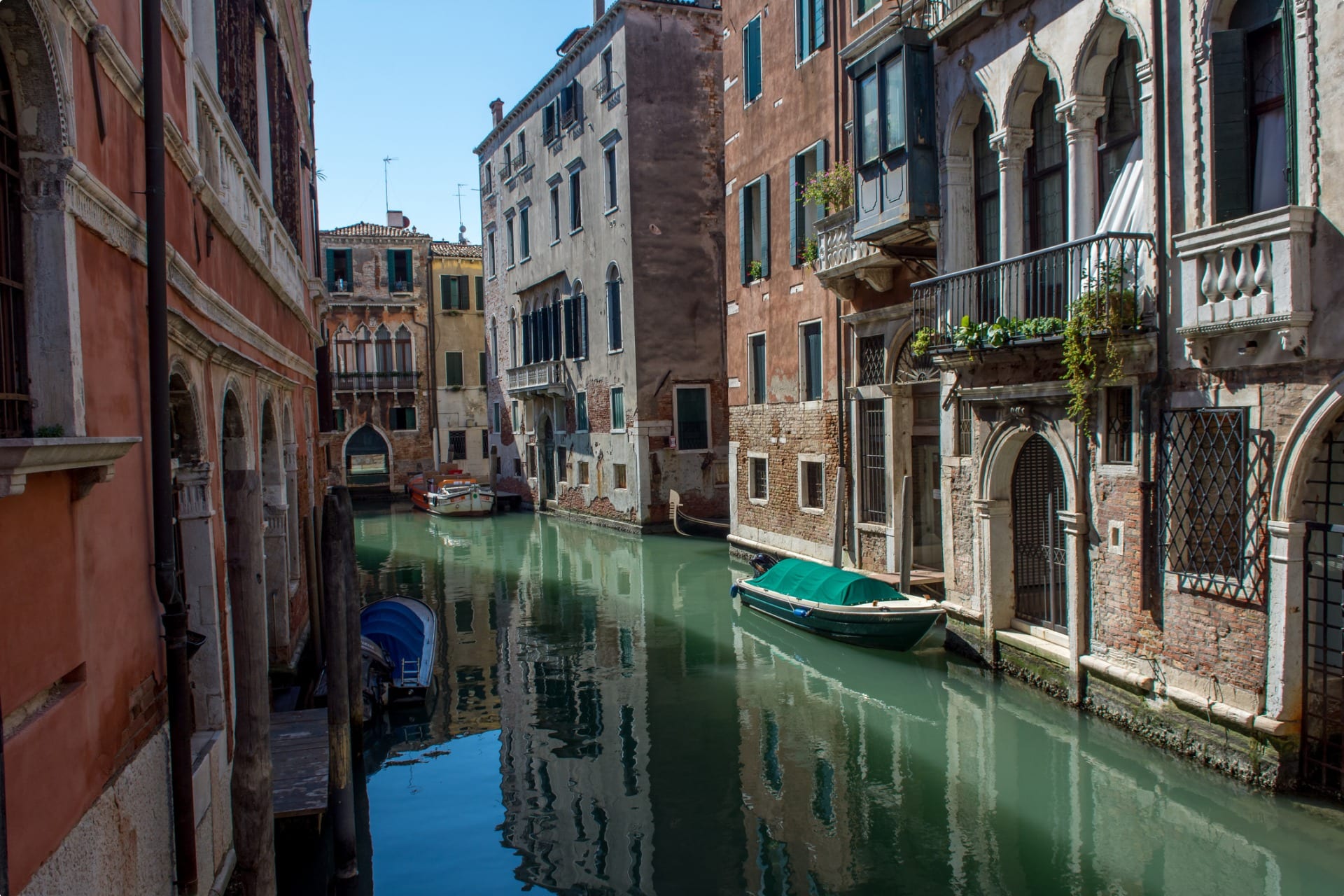
Exploring Venice and its history
Odyssey offers small group tours for mature and senior couples or solo travellers to Venice and many other destinations in Italy. The guided Venice tour can be combined with a classic Italy tour visiting remarkable landmarks and magical places with a tour company specialised in small group tours: Southern Italy, Cinque Terre, Amalfi Coast, Tuscany, Lake Como, Sicily, Lake Garda, Milan, Pompeii, Central Italy and sites of Ancient Rome. Prosecco will be flowing too!
Odyssey started in 1983 as a collaboration between the Universities of Australia and New Zealand in the continuing adult education market, so it is almost 40 years old. The company has been stewarding fellow travellers on an ever-expanding collection of diverse and curious small group tours. Tours are supported by a great group of leaders who are typically retired academics and schoolteachers with a passion for continuing to be curious and sharing knowledge with you.
Small is Beautiful – Economics as if People Mattered is a collection of essays by E F Schumacher published in 1973. He sets out the case for the community, not corporations, as the model for economic success. It influences us in all we do. For Odyssey Travellers, the term small is beautiful, captures the essence of the experience offered. We endeavour:
- to provide touring programs that stimulate the mind, ideally changing perspectives and perceptions through travel and shared knowledge,
- to offer small groups for like-minded people to explore,
- to foster a collegiate, open touring platform encouraging friendships to be made and journeys shared,
- to tread softly in the places we visit and not overwhelm the art galleries, museums, environment, or accommodation we use.
As a small team, we are orientated to learning about you the traveller, ensuring you are treated the way you wish to be treated, following the adage “treating others how you wish to be treated yourself”. When you travel with us, you may be part of a small group, typically 8-14 people, and be part of a small business group that averages some 40 people per week travelling with us all around the world. Our scale of operation and our tours anywhere in the world are orientated for the selective few, not the many.
By travelling with us, you assist us in supporting, each year, at least one academically bright University student who might be struggling financially to continue their studies, with a scholarship to underpin those studies for at least one year.
Related Tours
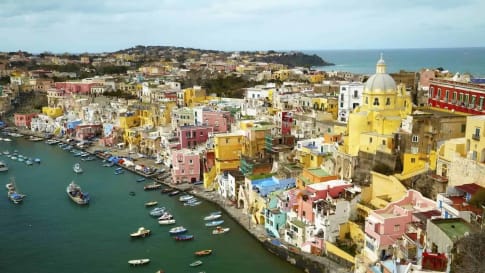
22 days
Jan, Apr, SepAncient History of Southern Italy & Sicily group tours
Visiting Italy
Our program for senior travellers, as well as featuring the rugged countryside of Southern Italy, also encompasses learning about the many civilisations that have shaped this land. We learn about the influence of the early Phoenicians, Greeks, Romans, Byzantines, Saracens, and Aragonese.
From A$16,995 AUD
View Tour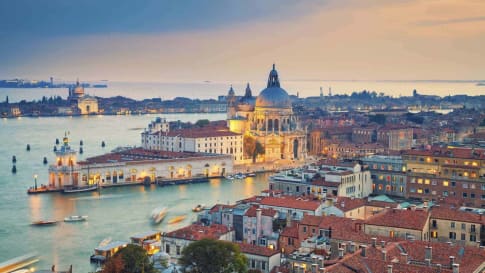
18 days
Aug, SepArt and History of Italy | Small Group Tour for seniors
Visiting Italy
Taken as a whole, Italian Civilization (which includes, of course, the splendid inheritance of Ancient Rome) is absolutely foundational to Western culture. Music, Painting, Sculpture, Architecture, Literature, Philosophy, Law and Politics all derive from Italy or were adapted and transformed through the medium of Italy.
From A$16,695 AUD
View Tour
20 days
May, OctCaravaggio’s Journey | Small Group Tour in Italy
Visiting Italy, Malta
On this small group tour of Italy and Malta for mature and senior couples and solo travellers we trace the life of Caravaggio, exploring the artistic works he left behind and the tumultuous life he led. We follow him from his birthplace in Milan to Rome, Malta, Sicily and Naples. In each place he lived Caravaggio left behind a rich legacy of art for us to admire.
From A$15,125 AUD
View Tour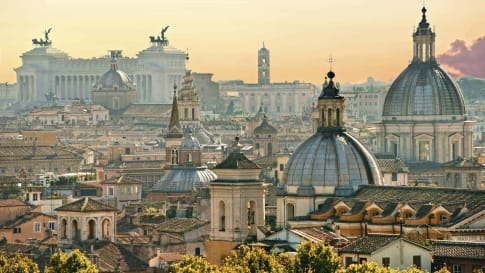
15 days
DecDiscover Rome | Cultural and History Small Group Tour for Seniors
Visiting Italy
Rome is arguably the most fascinating city in Italy, the capital city, once the centre of a vast, ancient empire and still today a cultural focus within Europe. Explore the city in-depth as part of a small group program spending 15 days exploring, just Rome and Roman History.
From A$9,235 AUD
View Tour
22 days
Mar, Sep, MayFlorence: Living in a Renaissance City
Visiting Italy
A small group tour with like minded people, couples or solo travellers, that is based in Florence. An authentic experience of living in this Renaissance city The daily itineraries draw on local guides to share their knowledge on this unique European tour. Trips to Vinci, Sienna and San Gimignano are included.
From A$14,375 AUD
View Tour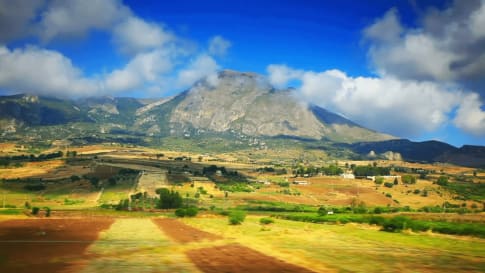
25 days
Apr, Sep, OctMediterranean Islands Small Group Tour | Malta, Sicily, Sardinia and Corsica
Visiting Corsica, Italy
For centuries Malta, Sicily, Sardinia and Corsica held the key to the Mediterranean. Unlike other European tour companies, Odyssey provides a tour leader and local guides to share detailed itineraries about the destinations on these small group journeys. This escorted tour of western Mediterranean explores the geography, history, culture and peoples of these 4 islands. Small group tour for mature couples and solo travellers. A reasonable single supplement is charged.
From A$19,750 AUD
View Tour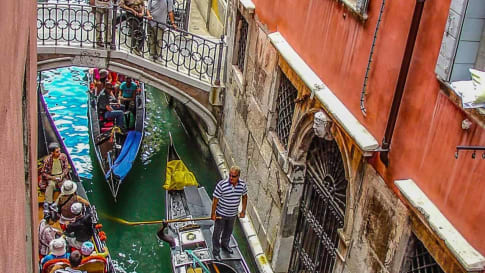
18 days
Sep, AprSmall group tour to Venice and Genoa
Visiting Italy
City pairs and rivalries exist. When spice, gold, steel swords and cloth where major commodities in the Mediterranean then Venice and Genoa fought for market share. Venice offered mercenaries, Genoa, banks. Italian history tour for those interested in joining a small group educational tour for senior couple and mature solo travellers.
From A$10,995 AUD
View Tour
20 days
Sep, AprCrete Small Group Tour: The Minoans
Visiting Greece
Crete rich in UNESCO World heritage sites this small group escorted tour provides a travel experience for guests with experienced local guides to remember. For senior couples or single travellers who seek to travel with other like minded people to destinations rich in ancient history then this in one of many small group journeys to be enjoyed.
From A$13,500 AUD
View Tour
19 days
AugHistory of Croatia small group tours for senior travellers
Visiting Croatia
Spend 19 days touring Croatia, starting in Zagreb then travel south following the coast, where trade and the influences of the outside world made its mark. Travelling with like minded people in our small group we will explore the country in depth with great local guides and stay in key historical area such as Porec, Zagreb and Dubrovnik.
From A$14,295 AUD
View TourRelated Articles
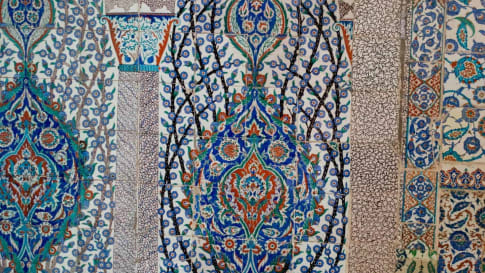
Anatolia to Ottoman Empire: Definitive Guide for Travellers
Turkey: From Anatolia to the Ottoman Empire | Small group history tours Turkey The Ottoman Empire, also historically known in the West as the Turkish Empire, was a superpower that lasted for 600 years. Parcelled…
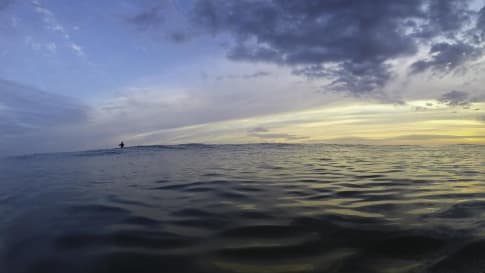
Atlantic Ocean and How it Shaped Ancient Communities In Europe
Article of interest for senior couples and mature solo travellers joining a small group European tour to Faroe Islands, Scottish Isles, Morocco or Portugal. Focus is on the early exploration of the Atlantic.
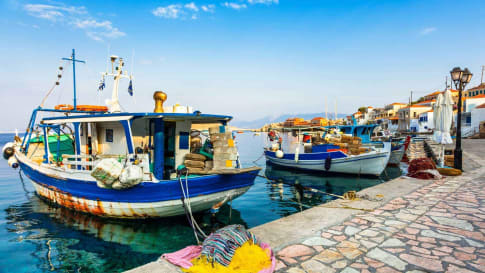
Empires Crossing the Mediterranean: 1130-1300
As a sea connecting continents and stretching from the Atlantic Ocean in the west to Asia in the east, the Mediterranean has for centuries been a centre of trade and exploration.
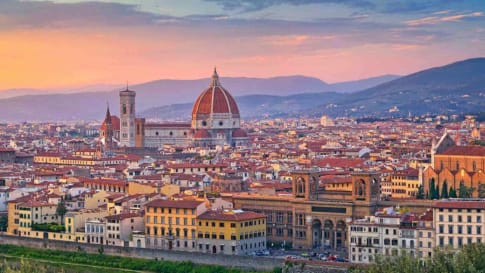
History of a City: Florence, Italy
Florence or Firenze, article provides an overview of the history from inception from the Romans to Mussolini with plenty of the Renaissance covered. Includes a list of Museums and places to see in Tuscany. Background material for a small group package tour to Italy or long stay in Florence.
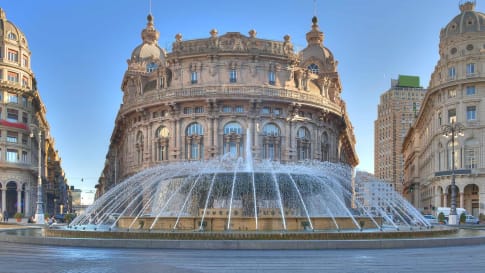
History of Genoa, Rival to Venice
In this article, we will look at the history of Genoa, and its rivalry with Venice that led to several wars fought between the two city-states in the 12th to 14th centuries.

Early History of Sicily: From the Phoenicians to the Arab Conquest
Early History of Sicily: From the Phoenicians to the Arab Conquest (800 BC to the 10th Century) Sicily in Southern Italy is the largest island in the Mediterranean, separated from the mainland by the Strait…

